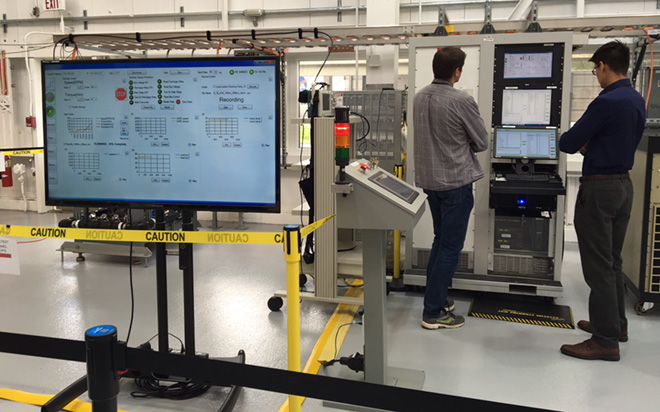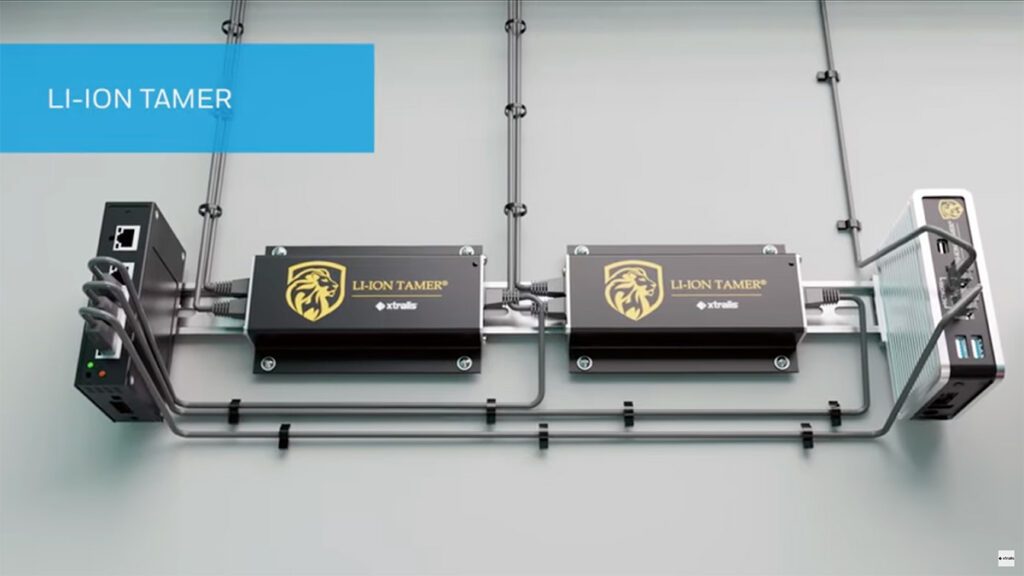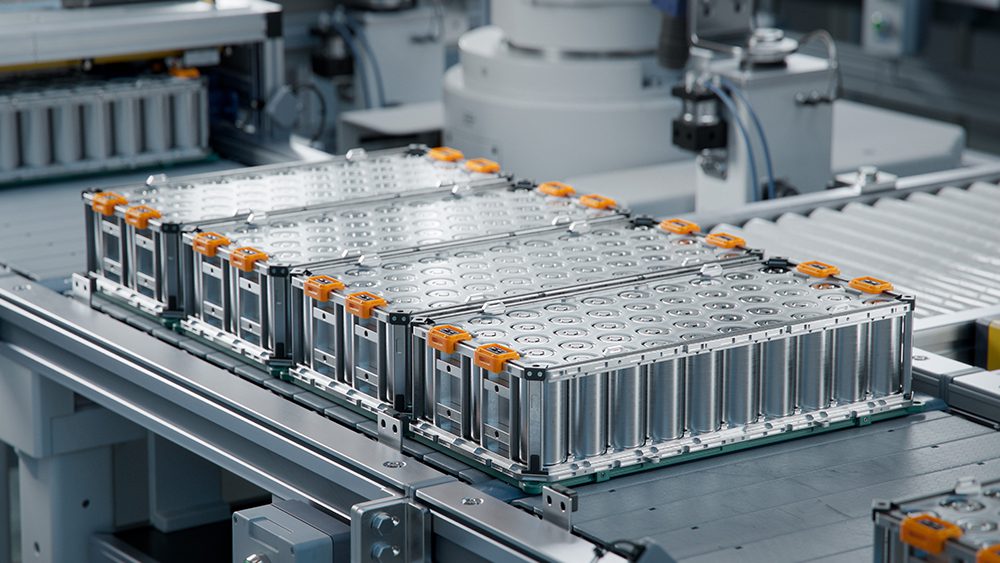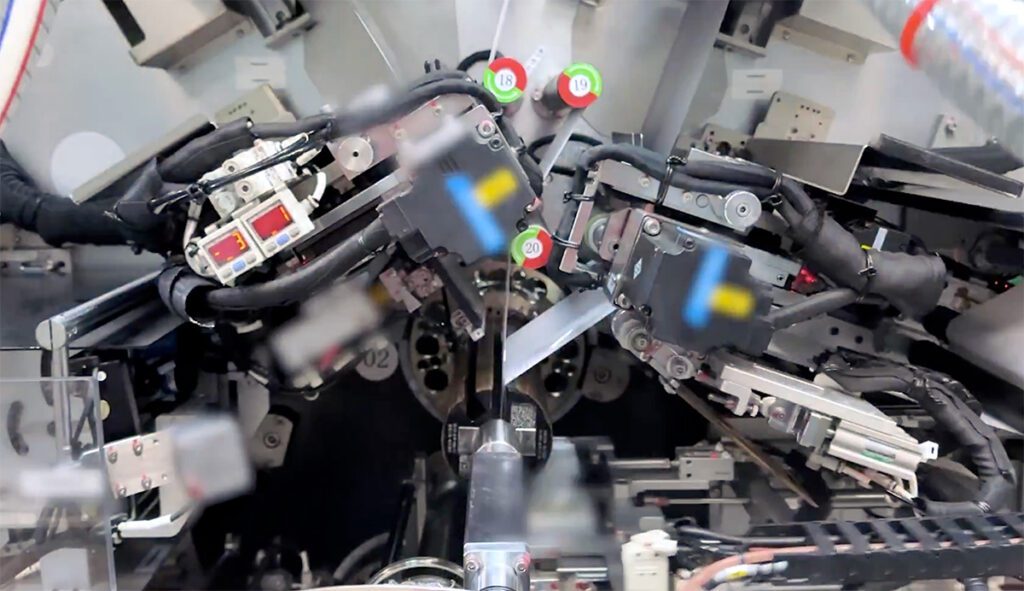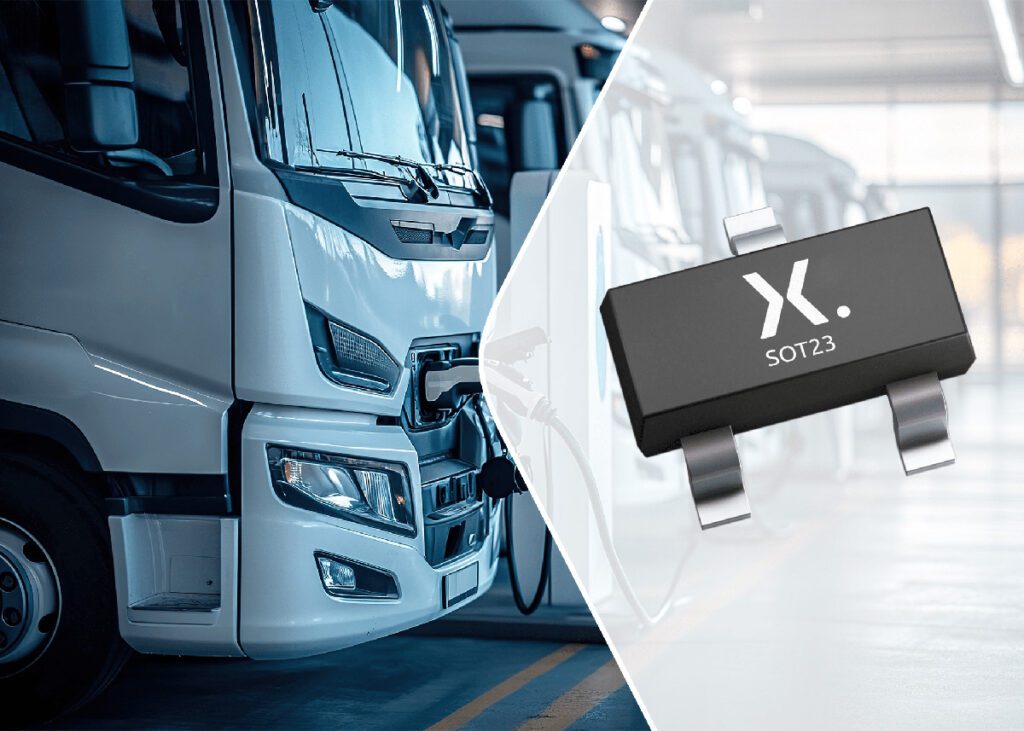Commercial electric aircraft may lie far in the future, but NASA is conducting research on several fronts.
Engineers at the NASA Electric Aircraft Testbed (NEAT) at NASA’s Glenn Research Center ran the new facility’s first test in September. Dr. Rodger Dyson led a team that successfully tested a 600-volt electrical power system that could realistically power a small one- or two-person aircraft.
“What we’re hoping to learn now is how to make it more efficient and light-weight,” said Dyson. “Next year we’re going to upgrade the size of these motors – we’ll use the same technology to test the higher-power stuff next.”
NEAT’s mission is to help engineers design, develop and test systems for electric aircraft. Once complete, it will be a reconfigurable test bed that will be used to assemble and test power systems for large passenger airplanes with over 20 Megawatts of power.
NEAT is just one element in a larger NASA effort investigating electric propulsion.
Researchers at NASA’s Armstrong Flight Research in California are using the 13.5-foot-tall Airvolt test stand to anticipate system integration challenges and verify and validate electric propulsion components.
“The test stand will help us to understand electric propulsion and the nuances of different systems,” said Yohan Lin, Airvolt Integration Lead. “A lot of claims are made about the efficiency of electric motors, and we want to verify that and gain experience with commercial off-the-shelf or custom-designed systems.”
NASA is also working on an experimental electric plane. The X-57, nicknamed “Maxwell,” features 14 electric motors turning propellers, all integrated into a uniquely-designed wing. NASA researchers ultimately envision a nine-passenger aircraft with a 500 kW power system in 2019.
The X-57 is being built using a Tecnam aircraft fuselage that will be integrated with the wing. The planned final version will feature twelve small electric propellers along a high-aspect ratio wing’s leading edge, which will be used to generate lift during takeoff and landing, and two larger motors on the wing tips, which will be used for cruising.
The experimental wing is being designed at NASA Langley in Virginia, and fabricated by Xperimental in San Luis Obispo, California. The vehicle will be powered by a battery system developed by Electric Power Systems of the City of Industry in California.
SEE ALO: Siemens 260 kW electric aircraft motor makes first public flight
Source: NASA via Green Car Congress







